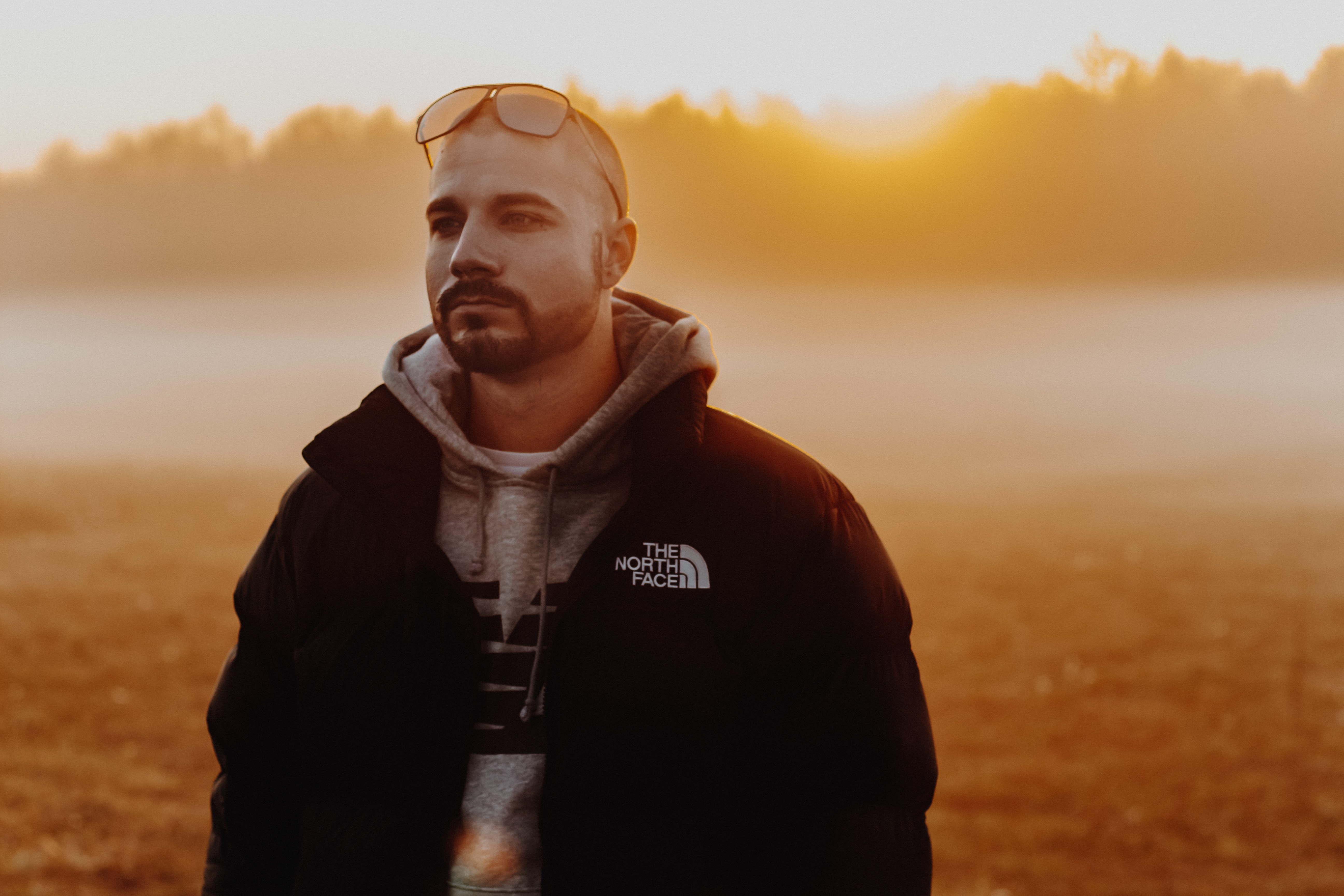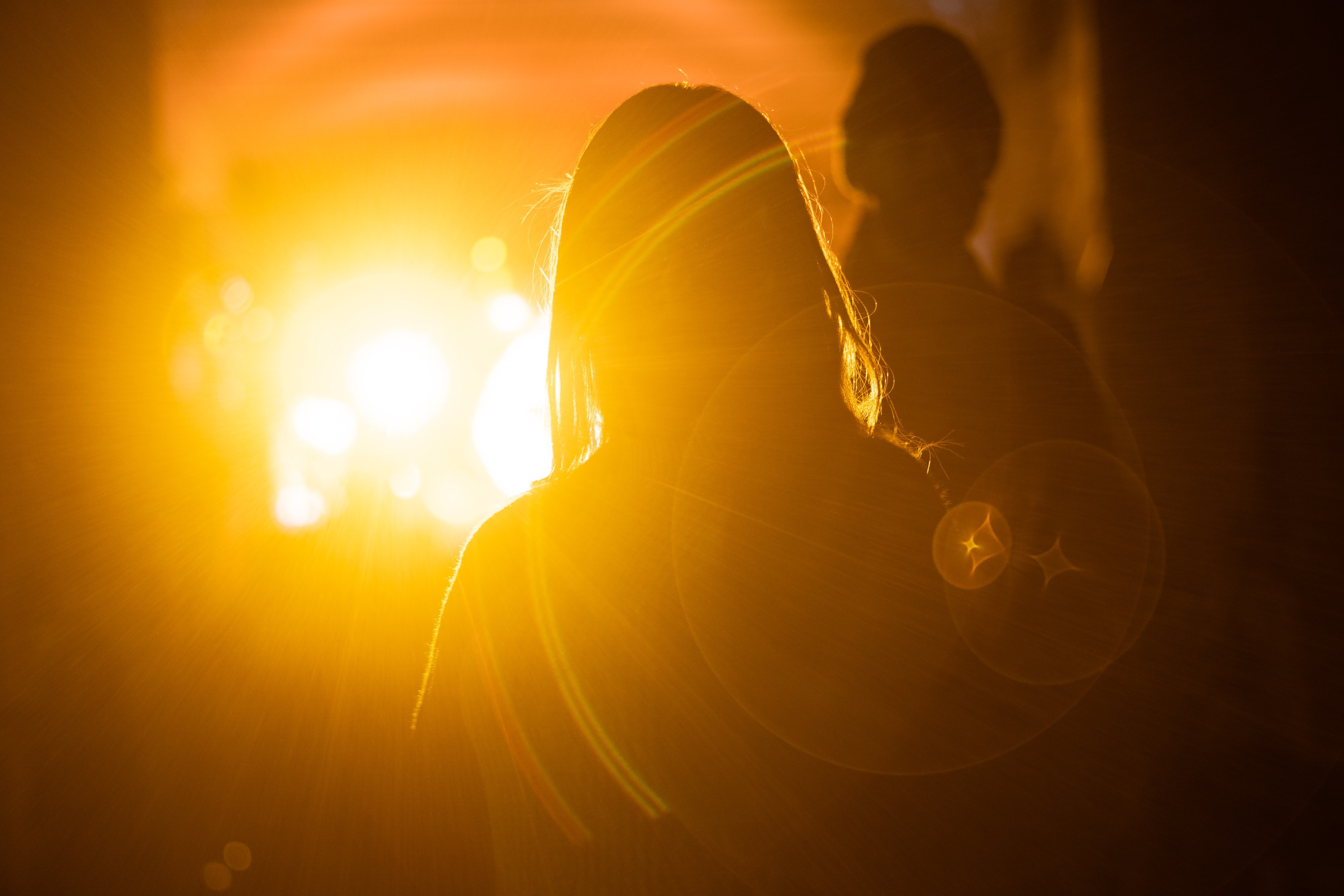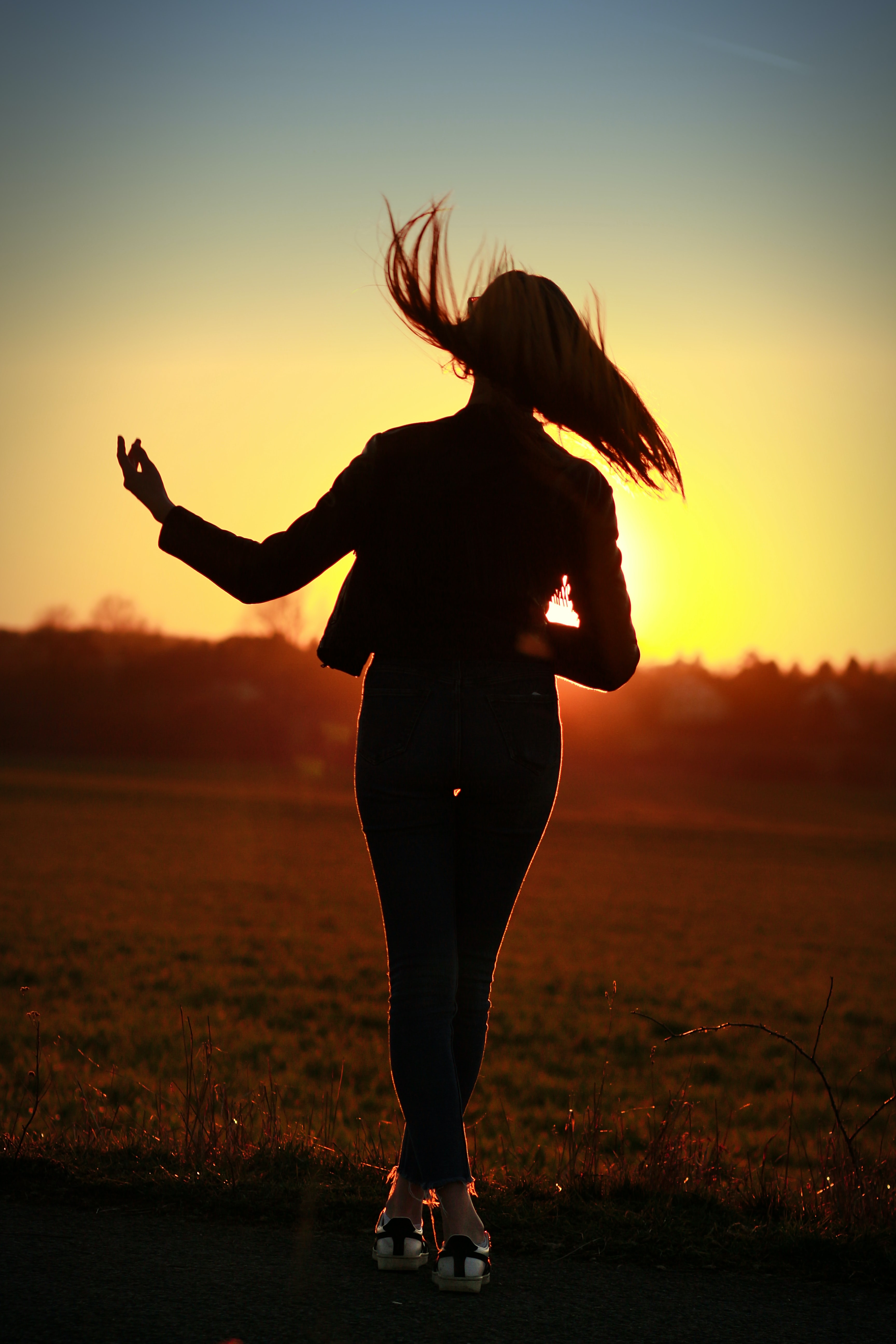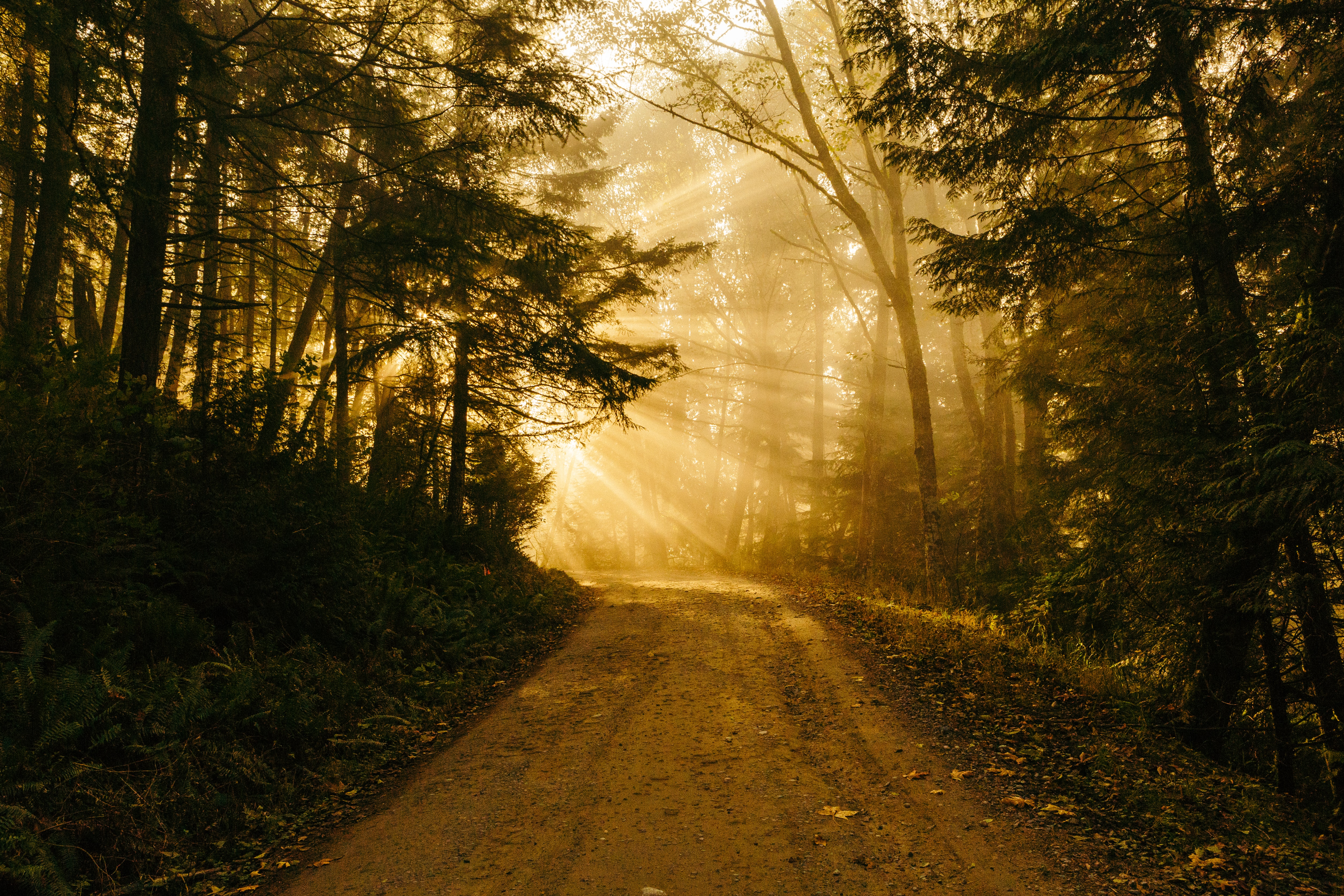10 Ways To Use Natural Lighting To Your Advantage In Taking Pictures
General Topics
Photography
Tips & Advice
Travel Photography
GearFocus
Jan 21, 2022

Lighting is the single most important ingredient in photography. Without light, there is nothing to photograph—no composition, no focal point, and no subject. Photographers strive to strike the right balance between natural light and shadow, whether they’re photographing a war or a wedding. Light may come from a fluorescent tube, a tungsten bulb or the sun. No matter its source, it’s a photographer’s greatest and most valuable tool.
Many professional photographers work in studios and often lose out on the benefits of using natural light in their pictures. Professionals tend to gravitate towards studio light because it grants them total control.
These photographers do themselves a disservice by skipping out on natural light entirely. There are many opinions (and misconceptions) about natural lighting: it’s not bright enough, it’s too bright, or it’s just totally unpredictable. These opinions are accurate at times, for sure; but there are many ways to use natural lighting that enhance rather than detract from your work. Here are just a few:
1. Shoot In The Morning And Evening For Softer Light [caption id="attachment_4247" align="alignnone" width="640"] Photo by Norbert Buduczki on Unsplash[/caption]
In a studio environment, it’s easy to shuffle things around to achieve the lighting conditions you want. If you’re shooting with no lighting equipment you need to make the best of what you have, whether you’re indoors or outdoors.
If you need to get shots with softer light then it’s best to work just before the sun rises/sets—the times in the morning and evening when the sun isn’t harsh. Shooting in these conditions also allows photographers to work with different hues as the sun warms the sky with its colors.
Photo by Norbert Buduczki on Unsplash[/caption]
In a studio environment, it’s easy to shuffle things around to achieve the lighting conditions you want. If you’re shooting with no lighting equipment you need to make the best of what you have, whether you’re indoors or outdoors.
If you need to get shots with softer light then it’s best to work just before the sun rises/sets—the times in the morning and evening when the sun isn’t harsh. Shooting in these conditions also allows photographers to work with different hues as the sun warms the sky with its colors.
2. Find Natural Reflectors
In studios, photographers use reflectors to direct light towards certain areas that aren’t sufficiently illuminated by the main lighting equipment. Natural lighting can be unpredictable but you don’t always need an “official” reflector every time a shadow gets cast. If you’re shooting indoors, light from a window can be redirected using a mirror or other shiny surface. Foregoing a reflector in natural light can yield interesting results with striking contrasts.
3. Embrace Lens Flare
[caption id="attachment_4244" align="alignnone" width="640"] Photo by Hassan OUAJBIR on Unsplash[/caption]
Shooting into the sun isn’t a great idea for portraits or when you’re trying to capture details. If you’re feeling creative, though, pointing your camera at the sun can give you interesting and unexpected photos.
Working with silhouettes encourages you to be creative and look at your composition with fresh eyes. The smallest shift can make a huge difference in terms of how much light your camera is taking in, which demands both accuracy and spontaneity.
Photo by Hassan OUAJBIR on Unsplash[/caption]
Shooting into the sun isn’t a great idea for portraits or when you’re trying to capture details. If you’re feeling creative, though, pointing your camera at the sun can give you interesting and unexpected photos.
Working with silhouettes encourages you to be creative and look at your composition with fresh eyes. The smallest shift can make a huge difference in terms of how much light your camera is taking in, which demands both accuracy and spontaneity.
4. Use Direct Sun For Contrast
[caption id="attachment_4245" align="alignnone" width="640"] Photo by Noah Franz on Unsplash[/caption]
Soft light and hard light both have a place in photography. Lots of photographers avoid bright sunshine but it can be used to great effect if you’re willing to work with it.
Portraits in soft light show details without the harsh shadows and highlights of hard light. But there is no hard and fast rule that all portraits have to be shot in soft light. The same goes for other genres —landscapes, still life, action etc. Using bright sunlight can result in dramatic and eye-catching pictures.
If you’re shooting in the sun but want to avoid hard light at all costs, open your aperture and shoot in manual. This can help to soften light and lessen the stark contrast. Using a neutral density filter also prevents your camera from being flooded with glaring light.
Photo by Noah Franz on Unsplash[/caption]
Soft light and hard light both have a place in photography. Lots of photographers avoid bright sunshine but it can be used to great effect if you’re willing to work with it.
Portraits in soft light show details without the harsh shadows and highlights of hard light. But there is no hard and fast rule that all portraits have to be shot in soft light. The same goes for other genres —landscapes, still life, action etc. Using bright sunlight can result in dramatic and eye-catching pictures.
If you’re shooting in the sun but want to avoid hard light at all costs, open your aperture and shoot in manual. This can help to soften light and lessen the stark contrast. Using a neutral density filter also prevents your camera from being flooded with glaring light.
5. Experiment With Dappled Light
Most photographers avoid dappled light at all costs. Your camera easily gets confused with the constant shifting between light and shadow, making it hard to expose the image correctly. This can be a nightmare for a wedding photographer when they’re aiming for attractive, flattering shots. Just like direct sunlight, however, dappled light can create a great effect. When you want to tone down the “spotty” look, be careful to balance your exposure between highlights and deep shadows.
6. Shoot In The Shade
Just as dawn and dusk lend a gentler appearance to photos, shooting in the shade softens contrast and avoids blown-out highlights. Apart from this, it can protect subjects from the glare of direct sunlight—no more scrunched-up eyes to contend with in your portraits.
7. Cash In On The Golden Hour
[caption id="attachment_4246" align="alignnone" width="640"] Photo by Patrick Fore on Unsplash[/caption]
Sunrise and sunset provide great opportunities to take advantage of soft natural lighting. Another natural “tool” is the infamous “golden hour”, an hour after sunrise and before sunset. These brief periods provide photographers with a warm glow, which can result in beautiful, perfectly lit pictures.
Photo by Patrick Fore on Unsplash[/caption]
Sunrise and sunset provide great opportunities to take advantage of soft natural lighting. Another natural “tool” is the infamous “golden hour”, an hour after sunrise and before sunset. These brief periods provide photographers with a warm glow, which can result in beautiful, perfectly lit pictures.
8. Work With Angles
Natural lighting and studio lighting require a similar approach when it comes to angles and direction. Positioning and repositioning lighting equipment is part and parcel of shooting in a studio, while shooting in natural light mostly means moving your subject to get the best possible illumination. Shooting at a slight angle can soften the light.
9. Gear: A Polarizing Filter
Shooting in the middle of the day means harsh contrast, and one way to avoid this is to use a polarizing filter. Natural lighting can make it hard to get the right exposure, but using a filter can tone down highlights and lessen contrast.
10. Practicalities
There is one important aspect of natural lighting that has nothing to do with the actual technique of photography. If you are using natural light, you don't always need a ton of equipment, which automatically saves you money. Most professional photographers use studios as a matter of course, but taking every opportunity to work with natural light cuts down on expenses. Those savings can go towards extra cameras, lenses, or other essentials. Training yourself to use what light you have also improves your skills in the studio and encourages creativity and resourcefulness.
Some photographers love natural light while others despise it. It has its pros and cons, just like studio lighting. But with a bit of work, it can result in spectacular shots that enhance your portfolio. A great shot will have an amazing atmosphere, superb setting, and subjects that complement one another perfectly. At the end of the day, photography is about experimenting. Playing with light is part of that!
1. Shoot In The Morning And Evening For Softer Light [caption id="attachment_4247" align="alignnone" width="640"]
 Photo by Norbert Buduczki on Unsplash[/caption]
In a studio environment, it’s easy to shuffle things around to achieve the lighting conditions you want. If you’re shooting with no lighting equipment you need to make the best of what you have, whether you’re indoors or outdoors.
If you need to get shots with softer light then it’s best to work just before the sun rises/sets—the times in the morning and evening when the sun isn’t harsh. Shooting in these conditions also allows photographers to work with different hues as the sun warms the sky with its colors.
Photo by Norbert Buduczki on Unsplash[/caption]
In a studio environment, it’s easy to shuffle things around to achieve the lighting conditions you want. If you’re shooting with no lighting equipment you need to make the best of what you have, whether you’re indoors or outdoors.
If you need to get shots with softer light then it’s best to work just before the sun rises/sets—the times in the morning and evening when the sun isn’t harsh. Shooting in these conditions also allows photographers to work with different hues as the sun warms the sky with its colors.
2. Find Natural Reflectors
In studios, photographers use reflectors to direct light towards certain areas that aren’t sufficiently illuminated by the main lighting equipment. Natural lighting can be unpredictable but you don’t always need an “official” reflector every time a shadow gets cast. If you’re shooting indoors, light from a window can be redirected using a mirror or other shiny surface. Foregoing a reflector in natural light can yield interesting results with striking contrasts.
3. Embrace Lens Flare
[caption id="attachment_4244" align="alignnone" width="640"]
 Photo by Hassan OUAJBIR on Unsplash[/caption]
Shooting into the sun isn’t a great idea for portraits or when you’re trying to capture details. If you’re feeling creative, though, pointing your camera at the sun can give you interesting and unexpected photos.
Working with silhouettes encourages you to be creative and look at your composition with fresh eyes. The smallest shift can make a huge difference in terms of how much light your camera is taking in, which demands both accuracy and spontaneity.
Photo by Hassan OUAJBIR on Unsplash[/caption]
Shooting into the sun isn’t a great idea for portraits or when you’re trying to capture details. If you’re feeling creative, though, pointing your camera at the sun can give you interesting and unexpected photos.
Working with silhouettes encourages you to be creative and look at your composition with fresh eyes. The smallest shift can make a huge difference in terms of how much light your camera is taking in, which demands both accuracy and spontaneity.
4. Use Direct Sun For Contrast
[caption id="attachment_4245" align="alignnone" width="640"]
 Photo by Noah Franz on Unsplash[/caption]
Soft light and hard light both have a place in photography. Lots of photographers avoid bright sunshine but it can be used to great effect if you’re willing to work with it.
Portraits in soft light show details without the harsh shadows and highlights of hard light. But there is no hard and fast rule that all portraits have to be shot in soft light. The same goes for other genres —landscapes, still life, action etc. Using bright sunlight can result in dramatic and eye-catching pictures.
If you’re shooting in the sun but want to avoid hard light at all costs, open your aperture and shoot in manual. This can help to soften light and lessen the stark contrast. Using a neutral density filter also prevents your camera from being flooded with glaring light.
Photo by Noah Franz on Unsplash[/caption]
Soft light and hard light both have a place in photography. Lots of photographers avoid bright sunshine but it can be used to great effect if you’re willing to work with it.
Portraits in soft light show details without the harsh shadows and highlights of hard light. But there is no hard and fast rule that all portraits have to be shot in soft light. The same goes for other genres —landscapes, still life, action etc. Using bright sunlight can result in dramatic and eye-catching pictures.
If you’re shooting in the sun but want to avoid hard light at all costs, open your aperture and shoot in manual. This can help to soften light and lessen the stark contrast. Using a neutral density filter also prevents your camera from being flooded with glaring light.
5. Experiment With Dappled Light
Most photographers avoid dappled light at all costs. Your camera easily gets confused with the constant shifting between light and shadow, making it hard to expose the image correctly. This can be a nightmare for a wedding photographer when they’re aiming for attractive, flattering shots. Just like direct sunlight, however, dappled light can create a great effect. When you want to tone down the “spotty” look, be careful to balance your exposure between highlights and deep shadows.
6. Shoot In The Shade
Just as dawn and dusk lend a gentler appearance to photos, shooting in the shade softens contrast and avoids blown-out highlights. Apart from this, it can protect subjects from the glare of direct sunlight—no more scrunched-up eyes to contend with in your portraits.
7. Cash In On The Golden Hour
[caption id="attachment_4246" align="alignnone" width="640"]
 Photo by Patrick Fore on Unsplash[/caption]
Sunrise and sunset provide great opportunities to take advantage of soft natural lighting. Another natural “tool” is the infamous “golden hour”, an hour after sunrise and before sunset. These brief periods provide photographers with a warm glow, which can result in beautiful, perfectly lit pictures.
Photo by Patrick Fore on Unsplash[/caption]
Sunrise and sunset provide great opportunities to take advantage of soft natural lighting. Another natural “tool” is the infamous “golden hour”, an hour after sunrise and before sunset. These brief periods provide photographers with a warm glow, which can result in beautiful, perfectly lit pictures.
8. Work With Angles
Natural lighting and studio lighting require a similar approach when it comes to angles and direction. Positioning and repositioning lighting equipment is part and parcel of shooting in a studio, while shooting in natural light mostly means moving your subject to get the best possible illumination. Shooting at a slight angle can soften the light.
9. Gear: A Polarizing Filter
Shooting in the middle of the day means harsh contrast, and one way to avoid this is to use a polarizing filter. Natural lighting can make it hard to get the right exposure, but using a filter can tone down highlights and lessen contrast.
10. Practicalities
There is one important aspect of natural lighting that has nothing to do with the actual technique of photography. If you are using natural light, you don't always need a ton of equipment, which automatically saves you money. Most professional photographers use studios as a matter of course, but taking every opportunity to work with natural light cuts down on expenses. Those savings can go towards extra cameras, lenses, or other essentials. Training yourself to use what light you have also improves your skills in the studio and encourages creativity and resourcefulness.
Some photographers love natural light while others despise it. It has its pros and cons, just like studio lighting. But with a bit of work, it can result in spectacular shots that enhance your portfolio. A great shot will have an amazing atmosphere, superb setting, and subjects that complement one another perfectly. At the end of the day, photography is about experimenting. Playing with light is part of that!
Own one like this?
Make room for new gear in minutes.
Loading...